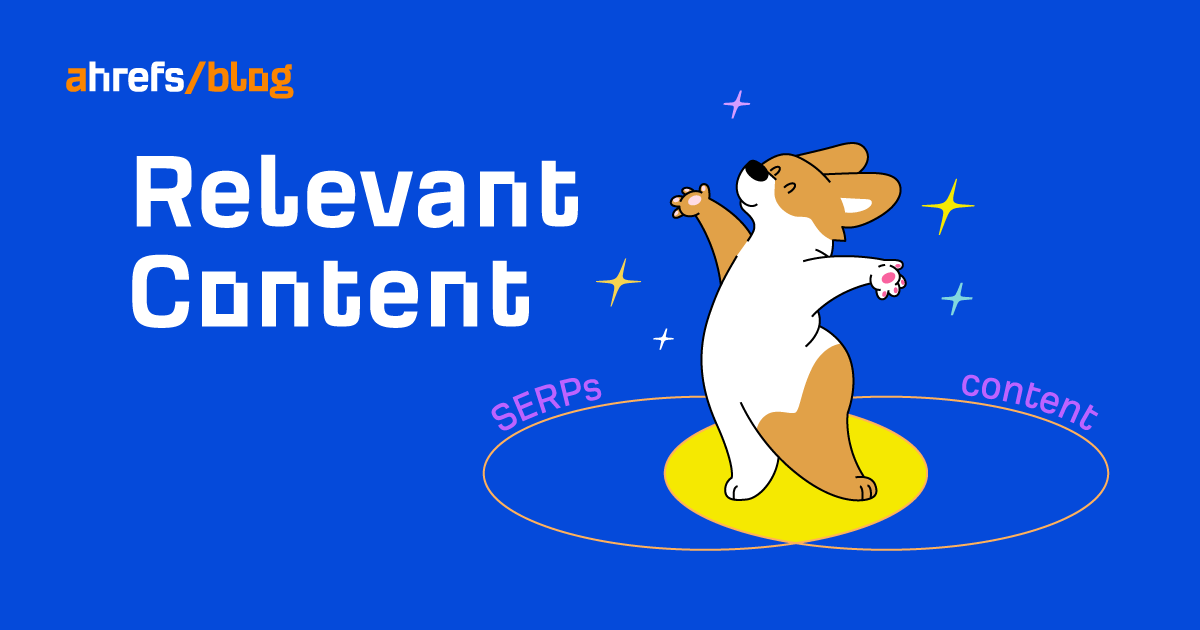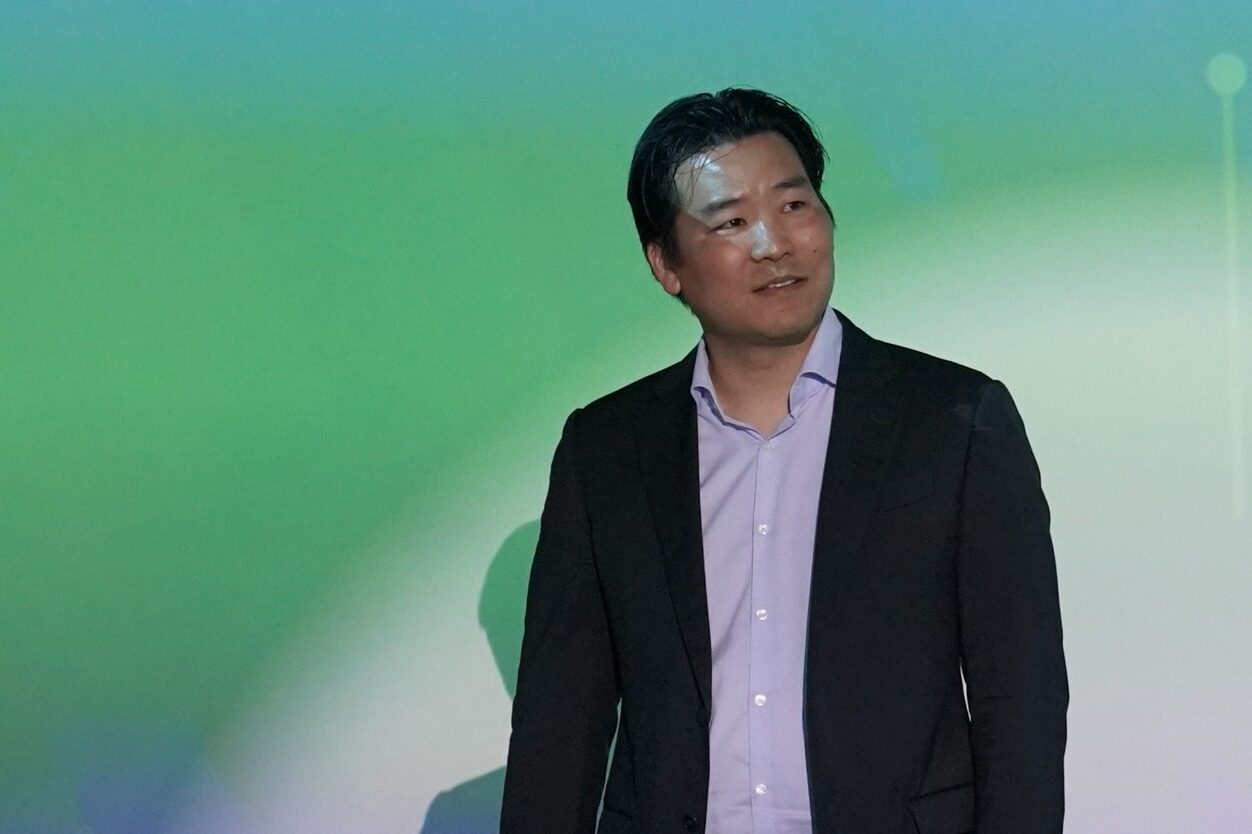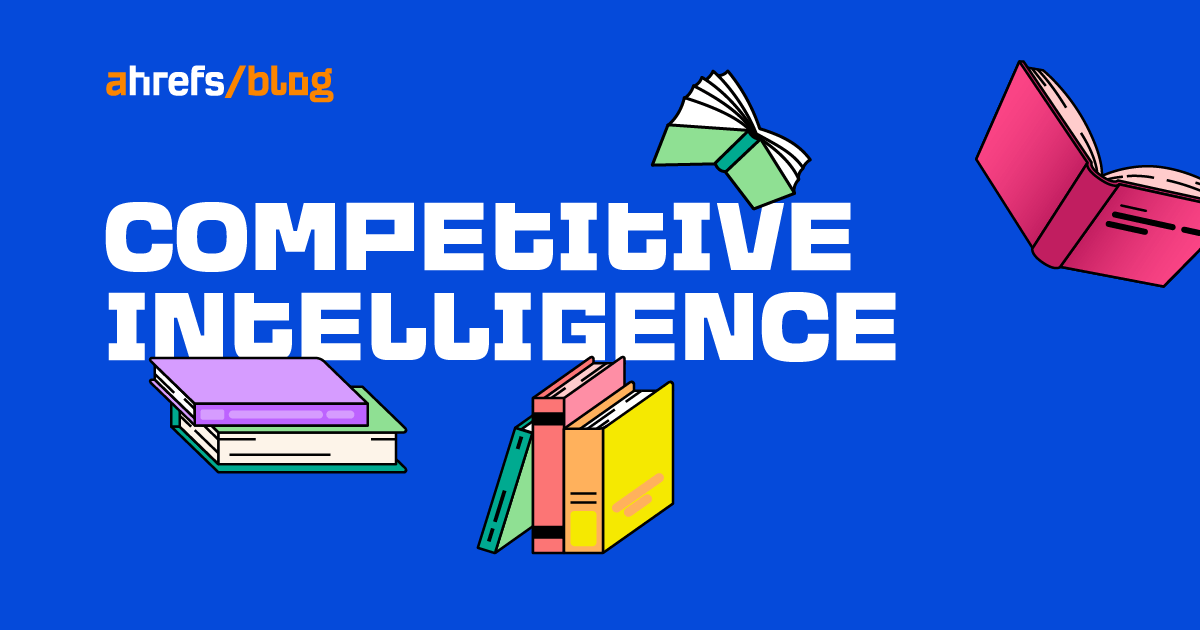Google Search Liaison Gives Rare Glimpse Into Feedback Process via @sejournal, @MattGSouthern
A report from Google's Search Liaison suggests the company needs to clarify what "people-first" content means for publishers. The post Google Search Liaison Gives Rare Glimpse Into Feedback Process appeared first on Search Engine Journal.

Google’s Search Liaison, Danny Sullivan, recently revealed how he relays feedback from the public to others within Google.
In a post on X (formerly Twitter), Sullivan shared screenshots of a document submitted to Google’s search team, highlighting his discussions with users, including their thoughts, concerns, and suggestions.
This uncommon glimpse into the inner workings of Google shows that the company is aware of key issues publishers face following recent core updates.
Additionally, it underscores that Google must improve how it communicates recommendations to publishers and clarify what it means to create “people-first” content.
Key Issue #1: What Is People-First Content?
A key issue many users raised, Sullivan says, is the challenge of creating “people-first content” that serves users instead of Google.
“They want to be found on Google, so they want to please Google, and the concept that the best way to please us is to actually not think about us is difficult to grasp.”
A suggestion Sullivan offers to the Google Search team is to find new ways to communicate this message:
“… it would be well worth the effort for us to find new ways to approach this and reiterate this guidance.”
Additionally, Sullivan suggests that Google amends its guidance around publishers comparing themselves to sites at the top of search results:
“We also need to recognize that our search results are, indeed, an effective part of our documentation. People do look at them to see what works – or what they can get away with.
Our guidance even encourages people to compare themselves to other pages in our results – something we probably need to amend to say something like I covered in this post: Do a search, look at the sites that come up. Those are what our systems find helpful. That said, the systems aren’t perfect. So if you see a site that seems to be doing things against our guidelines, it might not be successful in the future.”
Key Issues #2: Large Publishers Dominating Search Results
Another key issue shared with the Google Search team is the prevalence of large publishers in search results.
Some publishers can seemingly write about anything and rank well in Google Search, which Sullivan notes has led to the rise of “parasite SEO.”
“Over and over, people noted large publishers that seem like they can write about anything and get rewarded…
Related is the idea that “parasite SEO” sites win, sites that lease themselves out to third-parties and then content ranks on these sites that would never succeed on a different site.
This is different from big sites winning for original (but not necessarily people-first) content, but the two get conflated.”
Key Issue #3: Lack Of A ‘Helpful Content Tool’
Another priority for Sullivan is clarifying misconceptions about Google’s helpful content.
He proposes creating a tool to evaluate if a publisher’s content meets Google’s “helpful content” standards.
“Can we have a helpful content tool?
… there’s a desire for some type of tool or examples to help people better understand what we mean by helpful content or something that identifies if a page or site has been impacted by the helpful content update.
I’ve had publishers worried that one single page of whatever “unhelpful” content is will cause them to drop in rankings.
Some are fearful they can’t have anything that’s “off-topic” for what their blog or site is about. Some think even having a part of a page be unhelpful might doom their entire site.
All this is despite our page saying that a site needs to have “relatively high amounts” of unhelpful content to be impacted and that things are weighted.”
Sullivan notes that Google’s unclear guidance is causing undue stress to publishers, who aren’t sure which pages to remove to meet Google’s standards, if any.
” They don’t know if there are swathes of content they should drop, how to identify that, or what.
Some worry that content just being “old” isn’t useful. Others worry that if people aren’t coming to their content from search, then it’s clearly not helpful – and yet, they
view it as archival content they don’t want to get rid of. We certainly don’t want people dropping content just because it’s older.”
Simply having “old” content also doesn’t make it unhelpful. It’s unhelpful if it wasn’t created for people first, Sullivan says.
Sullivan’s report illustrates Google’s commitment to incorporating user feedback in improving search.
More transparent communication and tools to evaluate content may help publishers adapt to Google’s evolving algorithm.
Greater clarity around what makes content “helpful” remains a key demand from websites aiming to serve audiences rather than algorithms.
Featured Image: Below the Sky/Shutterstock

 AbJimroe
AbJimroe 































